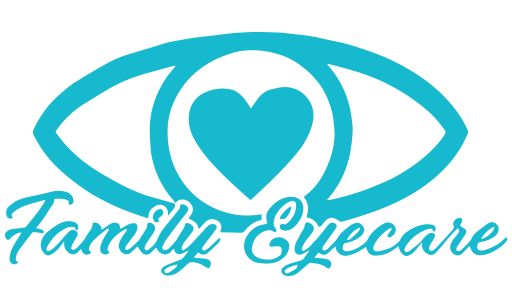Why Kids’ Sunglasses Are Now Essential Gear All Year
Warmer weather is finally here and families are spending more time enjoying the great outdoors — with swimming, hiking, picnicking, and sporting events. You’re having fun and soaking up the sun.
But wait! Soaking up the sun isn’t always a healthy thing, for your skin OR your eyes — and especially for children’s eyes. Soaking up the sun means simultaneously soaking up harmful ultraviolet (UV) radiation!
Bottom line? Children’s and adolescent’s eyes and skin need extra protection from the sun. Why? According to the World Health Organization, a child’s UV exposure is three times higher than an adult’s simply because they spend more time outside.
To make matters worse, over 70% of children don’t wear protective eyewear when they are outdoors, but almost all adults do! Parents slather SPF 50+ sunscreen on their children’s skin and reapply often, but few are aware of the dangers that UV rays pose to a child’s eyes.
Do Kids Need Sunglasses On Cloudy Days?
When it’s sunny and bright, you may be more likely to wear your sunglasses, and kids will follow your healthy lead. But what about cloudy days when it “rains on your parade?”
Yes, you still need sunglasses on cloudy days because clouds don’t block UV rays. Ultraviolet radiation easily penetrates clouds to reach the Earth’s surface. Even on grey and overcast days, those little eyes need protection from the sun’s harmful rays.
Cumulative UV radiation exposure during childhood can increase the risk of developing eye problems later in life — including cataracts, pterygium (fleshy growths on the surface of the eye), age-related macular degeneration, eye cancer, and premature aging of the skin around the eyes.
If you take only one thing away from this article, make it this: Children’s eyes are more sensitive to UV damage from the sun and need to be protected! Their eyes can’t filter radiation the same way your adult eyes can.
Why Are Children’s Eyes More Sensitive To UV Damage?
Your children’s eyes are still growing and developing. As a result, the crystalline lens of the eye is more transparent than in adults, and allows up to 10 times more UV light into their developing eyes.
Additionally, children’s pupils are typically larger than adult pupils, allowing greater absorption of the sun’s radiation into the highly sensitive structures in the back of the eye that power your vision. The result? More radiation enters the retina. UV radiation can damage the macula, which is responsible for the central vision that enables your kids to read, recognize faces, and watch their screens.
Here are three things you can do to help protect your child’s eyes from UV damage:
- Be aware of the UV Index
Know the daily UV index! The National Weather Association provides the UV index by zip code. You can also download the free SunSmart Global UV App to your mobile device to check for levels of solar UV radiation.
- Wear Sun Protection
Look for 100% UVA- and UVB-blocking sunglasses and put them on your child with a wide-brimmed hat or baseball cap. If your child doesn’t like wearing them, model the behavior by wearing your own sunglasses and hat. They want to be like you!
- Avoid Midday Sun
Avoid direct sunlight between 10 a.m. and 4 p.m., when the sun is most intense. If that isn’t possible, wear protective clothing, a wide-brimmed hat, and sunglasses. And seek the shade!
Lighter-Colored Eyes Absorb More UV
Eye color makes a difference when it comes to UV radiation exposure. Lighter-colored eyes — blue, grey, or light green — don’t have as much pigment as darker-colored eyes, so light eyes absorb more of the sun’s dangerous UV light.
The answer to protecting your child’s eyes from the sun’s radiation is quite simple: 100% UV protective sunglasses. And when it comes to sunglasses that protect your precious eyes, quality matters! The type of materials used and the consistency of UV protective coating and visibility-enhancing tints are crucial for comfortable viewing. Imperfections in cheap lenses can distort vision, causing eyestrain and headaches.
Kids’ Sunglasses Are Not a Luxury: They’re Essential Gear
Parents, grandparents, and caretakers of children are mindful of many daily precautions and safety procedures — seatbelts and car seats when traveling, helmets for biking, sunscreen for skin, etc. Your kids have one pair of eyes that are their “windows on the world,” and you need to do everything you can to protect those precious eyes.
We encourage parents to bring their little ones in for fittings and recommendations and ask questions about protecting their kids’ eyes. We have a great selection of children’s sunglasses sizes, styles, colors, designs, and brands to choose from, and our talented optical staff can assist you.
Remember, quality sunglasses perform a protective role in your child’s eye health. It’s never too early to start protecting your child’s precious sense of vision! You’ll have peace of mind and they will enjoy carefree time outdoors with less squinting and more fun.
Call us today for an appointment — we’re here to help your care for those precious little eyes that see all the wonder in the world.

